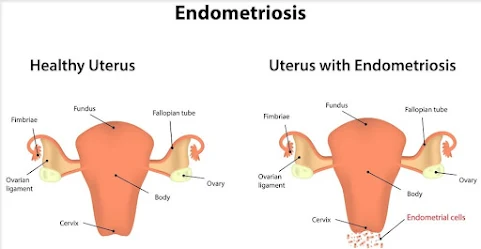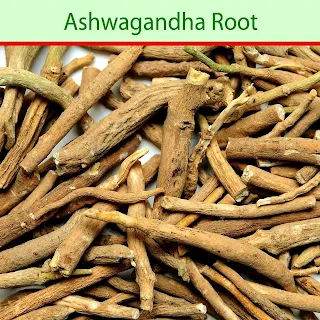How to Treat Endometriosis Naturally With Herbs
READ MORE: What Are The Causes Of Infertility?
Endometriosis is a common condition that affects women during the reproductive years. It occurs when normal tissue from the uterine lining, the endometrium, attaches to organs in the pelvis and begins to grow. This displaced endometrial tissue causes irritation in the pelvis that may lead to pain and infertility.
During each menstrual period, most of the uterine lining and blood is shed through the cervix and into the vagina. However, some of this tissue enters the pelvis through the fallopian tubes. Women who develop endometriosis simply may be unable to clear the pelvis of these cells. It mainly affects women during their reproductive years. It can affect women from every social group and ethnicity. Endometriosis is not an infection and it is not contagious. Endometriosis is not cancer.
Types of endometriosis
There are several types of endometriosis:
Peritoneal endometriosis: Peritoneal implants that consist of glandular and stromal tissue and respond to hormonal changes associated with the menstrual cycle showing cyclic changes similar but not identical to the normal endometrium. These implants heal by fibrosis.
Ovarian endometriomas: Benign, estrogen-dependent cyst also known as “chocolate cyst” that contains thick, old blood that appears as a brown fluid. This results from recurrent chronic bleeding from the endometriotic implants. In long-standing endometriomas, the endometriotic tissue is gradually replaced by fibrotic tissue.
Deep endometriosis (DE): This form of endometriosis is characterized by proliferative fibromuscular tissue with sparse endometrial grandular and stromal tissue (akin to adenomyosis), with no surface epithelium. DE does not show significant changes during the menstrual cycle. Growth of endometriotic nodules is usually found in the uterosacral ligaments, the rectovaginal space, the upper third of the posterior vaginal wall, the bowel, and the urinary tract.
Adenomyosis: Uterine endometriosis presents as asymmetrical uterine enlargement.
Disseminated endometriosis: Growth of endometriotic tissue in various organs in the body including at the scar site.
ALSO READ: How To Treat Menstrual Pains Naturally
Causes of endometriosis
Although the exact cause of endometriosis is not certain, possible explanations include:
Retrograde menstruation. In retrograde menstruation, menstrual blood containing endometrial cells flows back through the fallopian tubes and into the pelvic cavity instead of out of the body. These displaced endometrial cells stick to the pelvic walls and surfaces of pelvic organs, where they grow and continue to thicken and bleed over the course of each menstrual cycle.
Transformation of peritoneal cells. In what’s known as the “induction theory,” experts propose that hormones or immune factors promote the transformation of peritoneal cells that line the inner side of your abdomen into endometrial cells.
Embryonic cell transformation. Hormones such as estrogen may transform embryonic cells in the earliest stages of development into endometrial cell implants during puberty.
Endometrial cells transport. The blood vessels or tissue fluid (lymphatic) system may transport endometrial cells to other parts of the body.
ALSO READ: What You Need To Know About Ovarian Cysts
How to Treat Endometriosis Naturally With Herbs
Is there any remedy for Endometriosis? How to Treat Endometriosis Naturally With Herbs? Can turmeric cure endometriosis? How do you clear endometriosis? The answer to all the questions above is, yes.
What natural remedy is good for Endometriosis?
- Ashwagandha
- Turmeric/Curcumin (This answers your question on Can turmeric cure endometriosis?)
- Ginger
- Parsley
- Tetrapleura (Read more)
Prevention of Endometriosis
Endometriosis cannot be prevented. You can't prevent endometriosis. But you can reduce your chances of developing it by lowering the levels of the hormone estrogen in your body. Estrogen helps to thicken the lining of your uterus during your menstrual cycle.
- To keep lower estrogen levels in your body, you can:
- Talk to your doctor about hormonal birth control methods, such as pills, patches or rings with lower doses of estrogen.
- Exercise regularly (more than 4 hours a week). This will also help you keep a low percentage of body fat. Regular exercise and a lower amount of body fat help decrease the amount of estrogen circulating through the body.
- Avoid alcohol. Alcohol raises estrogen levels.
- Avoid large amounts of drinks with caffeine. Studies show that drinking more than one caffeinated drink a day, especially sodas and green tea, can raise estrogen levels.
- RELATED: How To Shrink Fibroids Naturally













.jpg)
